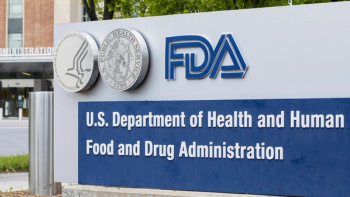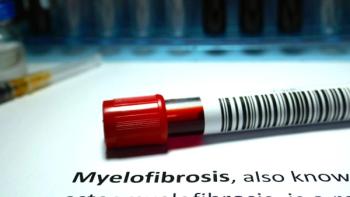
More bad news for smoking
It's been 50 years since the initial release of the Surgeon General's Report on Smoking and Health. This report provided a scientific basis for us to work toward reducing the public health impact of tobacco use. Since then, 30 additional Surgeon General reports on tobacco have been released.Today's report, "The Health Consequences of Smoking--50 Years of Progress: A Report of the Surgeon General, 2014," adds new evidence that smoking is bad for us, including that it increases the risk of liver cancer, colorectal cancer, diabetes and rheumatoid arthritis. Secondhand smoke increases the risk of stroke. The report notes that while the evidence is suggestive, it's insufficient to conclude breast cancer risk increases with smoking and exposure to secondhand smoke. However, smoking increases the risk of cancer death. And in cancer survivors, it increases the risk of dying from other diseases.Measures that have been put into place since that first report have more than halved smoking rates. The public's view on smoking has changed drastically. Strategies to reduce tobacco use have included smokefree laws, taxes on tobacco, smoking cessation aids and support and public awareness campaigns. Those measures continue to become more powerful and prevalent. The report also notes the success of smoking cessation strategies, including nicotine replacement therapy, such as gums, patches, and even electronic cigarettes, which contain nicotine, but not tobacco. During the past few years, electronic cigarette use among current cigarette smokers increased from 9.8 percent to 21.2 percent. While it may be used by smokers in places that don't allow tobacco smoking, I think it's safe to say some current smokers are using the tool as a cessation device. But is it working? Opponents consider it a "gate-way drug" to tobacco use and another marketing tactic by tobacco companies to get people hooked on nictotine, but its use in cessation should be explored. Studies to examine health implications are also needed.The report also contains a consumer booklet, "Let's Make the Next Generation Tobacco-Free," which aims to helps parents talk to their children about tobacco use.You can read the full report





